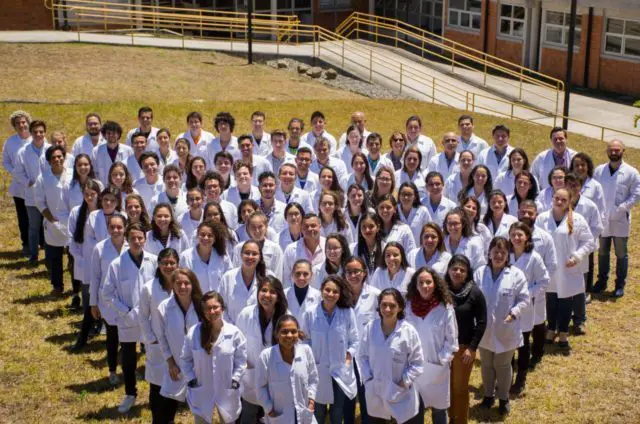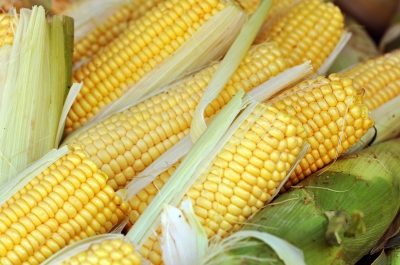In our country, biotechnology is considered, by the Costa Rican government, a priority area in national development policies. In fact, it was included in the 21st Century Strategy and the National Plans of Science, Technology, and Innovation 2011-2014 and 2015-2021.
In the case of the Tecnológico de Costa Rica (TEC), since 1994, this university has been at the forefront in this field. And after 25 years, it is possible to say that it has one of the most important research centers in the country: the Biotechnology Research Center (CIB).

Today, the objective of this Center is to offer environmentally friendly solutions and positive impact on the quality of life of society, through 3 areas: biomedical applications, environmental biotechnology, and plant biotechnology.
Each area will be addressed in different reports. In this case, we will focus on plant biotechnology, where its more than 70 successful projects impact the agricultural and health sector.
Questions: Did you know that scientists can reproduce endangered plants and that it is possible to have better vegetables and fruits improving their genetics? Yes, it is correct! And these are just some of the truths that have moved biotechnology engineers for years to focus their studies in plant biotechnology.
We think that plants have the solution to treat all diseases … for example, we have noticed that plants do not get cancer like humans or animals; that is very interesting!” But what makes them be immune?… Answering these types of questions is our job”, said biotechnology engineer Katherine Sánchez.
Precisely, “medicinal plants have been used by humans since time immemorial. However, that potential they present must be validated. It is there, where the CIB enters as a basic knowledge-generating entity to verify that this potential exists and that it can be exploited”, pointed out one of the CIB scientists, Karol Jiménez.
Thus, in the last 5 years, the CIB has completed 34 research projects in the plant area; while there are currently 12 projects in force, where about 13 scientists work.
How do they carry out their research?
Like any research, this is not achieved overnight. And to achieve this, scientists rely on a series of lines of research. Among them, micro-propagation of plants, cryopreservation, genetic and phytochemical improvement can be mentioned.
In the case of micro-propagation, the main function is to multiply massively a species that is in danger of extinction or that its reproduction is not so good, “so we seek to rescue it,” said Sánchez.
To perform this process; On many occasions, cryopreservation is performed, which is the freezing of plant material, seeds, embryos, or stem segments.
Meanwhile, phytochemistry is to analyze the compounds present in different plant species. This process was used for example, with the research of the “Chilillo” plant, a plant that is believed to have properties to prevent breast cancer.
Similarly, we work with plant cell cultures to improve plant genetics. One of those cases was the creation of a variety of rice capable of resisting droughts. “There is also another project to conserve Creole corn. For example, we are analyzing colored corn, which has more nutrients than the corn we eat”, explained biotechnology engineer Jason Pérez.

History
Research in plant biotechnology began in 1998 when one of the teachers, Silvana Alvarenga, and also a biologist, began conducting the first studies in the area of plant biotechnology. Very soon, a group of several professors joined the initiative.
“The first project that was developed was the rescue of chayotes through in vitro culture. Then, the propagation of orchids continued”, added the biologist, Elizabeth Arnáez. Since its creation in 1994, the CIB has had a strategic relationship with the academic, business and state, national and international sectors.
In this way, it becomes a fundamental piece for the development of biotechnology in Costa Rica, by being always in the search for solutions in order to improve our quality of life, in accordance with the millennium goals and other national policies in Science and Technology.


